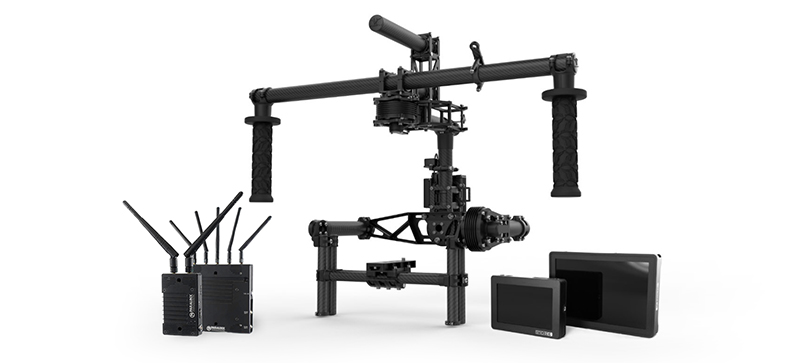Hey Corey,
I just saw that you use the Freefly MOVI. Please tell me what you think of it. I’m thinking of bringing it to Masherbrum, a high-altitude peak in Pakistan. Would you bring it with you to Pakistan? -Mungo
 Hey Mungo! Great to hear from you. And thanks for asking about the MOVI. Nothing gets me more excited than talking about game-changing equipment, and right now the Freefly MOVI is as game-changing as it gets.
Hey Mungo! Great to hear from you. And thanks for asking about the MOVI. Nothing gets me more excited than talking about game-changing equipment, and right now the Freefly MOVI is as game-changing as it gets.
A lot of my friends tease me for over-using that phrase: “game-changing.” Turns out, I use the word a lot because we’re living in a time when technology is evolving so quickly that there seems to be a new game-changing tool on the market every year.
Freefly really knocked one out of the park with the MOVI, a multirotor 3-axis digitally stabilized camera gimbal that, depending on the model, can be used for everything from handheld to aerial shots. The result is a relatively affordable, small-form-factor device that produces some of the most butter-smooth, high-production-value camera movements I’ve ever seen.
It wasn’t so long ago that getting into the world of filmmaking required million-dollar budgets. Cameras alone were hundreds of thousands of dollars. You’d also need large crews to move and operate giant, super-expensive lights and run grip trucks.
That’s just not the case anymore. A small footprint production of two to five people can achieve super high-production value pictures with modern techniques and relatively affordable gear. The MOVI is certainly one of those game-changing devices that has given small light-and-fast teams the ability to achieve high-production value in the most demanding situations.
Historically, we HD-SLR filmmakers would rely on gyros or Steadicam devices to keep the camera steady. But that all changed with the introduction of brushless motors, used by Freefly to mount cameras and gimbals to the bottom of RC helicopters.
The guys at Freefly had a brilliant idea one day as they were testing their gimbal by shaking the RC helicopter and checking to make sure the camera was stabilizing. They realized that they could take the gimbal off the bottom of the RC helicopter and put a handle on it and create what I would call the most powerful camera-stabilization device ever made.
Not only did they design the MOVI, but they wrote the firmware that allows for a super user-friendly interface.
The MOVI isn’t just a stabilization device. In fact, it allows for a second operator to frame the shot, which is huge.
I work with a tight-knit crew of people and 90 percent of the time Sean Haverstock is our MOVI operator and RC helicopter pilot. In most cases, Sean will be running with the MOVI, or he’ll be holding it, or we’ll have it mounted to the end of a jib arm. Meanwhile, either Dane Henry or I will be actively framing the shot. Integrating SmallHD field monitors (DP-4, AC-7 or the brand new DP-7 Pro) and the Paralinx Arrow Plus and Tomahawk wireless transmitters allow our crew to seamlessly operate, frame, capture and roll footage on these dynamic camera set ups.
The MOVI has totally revolutionized our whole approach, and most important, it has taken our quality of production to heights unimaginable just a couple of years ago.
One note. Operating the MOVI is not to be taken lightly. Although it is user-friendly, the MOVI still requires a robust skill set and technical knowledge base in order to operate. You need to be willing to tinker with the equipment, constantly keeping it calibrated and synced. With each generation of firmware, the whole user interface gets friendlier and easier to use. But be warned: this is no out-of-the-box, up-and-running point-and-shoot. You’ll need to watch tutorials and spend hours really learning how to work it.
We recently finished a production off the coast of Ireland in which we used the MOVI. Despite blowing rain, constant spray and high costal winds, the MOVI exceeded my expectations here and performed flawlessly. I was truly blown away—pun intended. So, in my experience the MOVI, along with our SmallHD and Paralinx equipment, can handle inclement weather and tough shooting conditions and I would think it would be perfect for your project in Pakistan this summer. Just make sure you get a pelican case to transport it in.
Good luck in Pakistan, Mungo. And I hope the MOVI changes your game, too!
1 comment
Why does this have to be the ONLY realblie source? Oh well, gj!
Comments are closed.